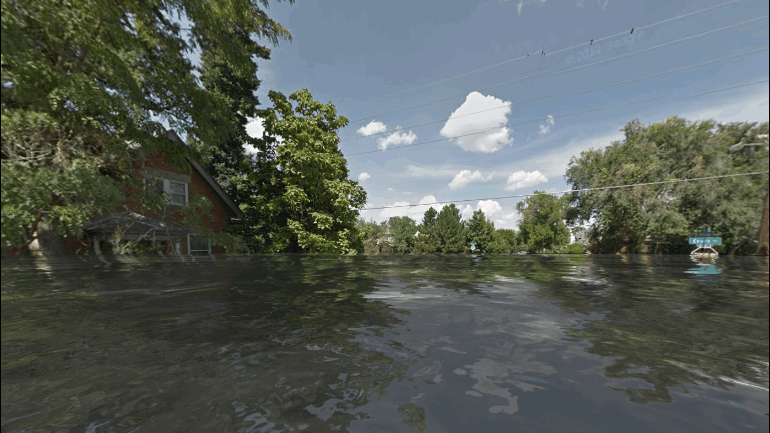Considering the United States is plagued with a privatized police force and military it shouldn’t be a surprise that there are private firefighters as well. Private firefighters were dispatched by insurance companies to protect select groups of homes in both the Boulder Fourmile Fire and the Colorado Springs Waldo Canyon Fire.
When firefighter Eric Morris shows up at wildfires across the West, locals battling the flames sometimes look at him and wonder who sent him.
The answer isn’t a public agency. It’s an insurance company.
Morris is among a group of private firefighters hired in recent years to protect homes with high-end insurance policies. In a wildfire season that is one of the busiest and most destructive ever to hit the region, authorities and residents say their help is welcome.
…For insurers, hiring them is worth the cost. They spend thousands on well-equipped, federally rated firefighters, potentially saving hundreds of thousands, if not millions, of dollars to replace a home and its contents.
The forest fires this summer in Colorado have been horrible. I’m happy that Private firefighters are able to benefit the insured by providing the extra manpower that lets public firefighters divert their attention elsewhere. It’s also nice to see that insurance companies are using a form of “preventative care” that benefits everyone. One can only hope this sort of thing may someday crossover into the healthcare industry.


